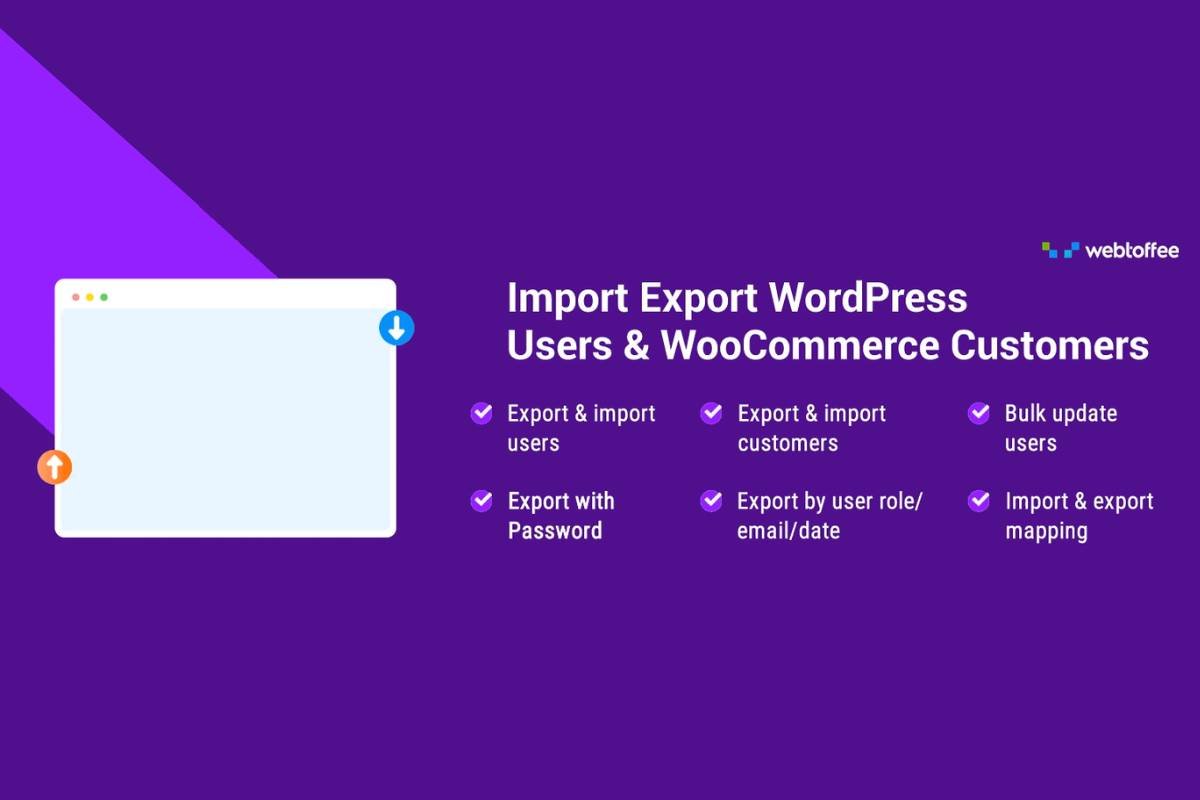What is technical support outsourcing? It is the outsourcing of all technical service operations to an outside vendor. Tech support is very important in today’s competitive marketplace, which is why almost every business has an IT team with many technical specialists. Their job is to develop solutions, fix technical problems, and ensure that the business runs smoothly.
Tech support is complex as it requires technical knowledge, expertise, and the use of the latest software products and solutions. Unfortunately, it is not possible for every business to have what it needs. It may cost a lot of money to hire the right skills and get the software and technologies. Outsourcing to a vendor can be cheaper because the vendor’s cost will be divided among all its clients. It will also be one less responsibility for the business. Besides, it will be able to get the services from experts with prior knowledge and experience.
Outsourcing technical support is common these days. This guide will help you do this correctly.
Here are 8 Smart Ways to Outsource Technical Support:
1. Weigh the advantages and disadvantages

Here are some of the advantages –
- Technologies – A specialized vendor has the technologies and tools that will be regularly updated, which lets them offer better service.
- 24/7 security – The network keeps working even during the night when the office is closed. There can be server outages and cyber attacks. The outsourced tech support team will keep everything safe and running round-the-clock.
- Scalability – Every business wants to scale up. You will have a solution ready whenever you want to grow. Downsizing is also easy. Seasonal businesses have to upscale and downscale every year.
- Cost reduction – IT professionals are some of the highest paid people. Outsourcing will allow you to save a lot of money.
There are a few drawbacks too like –
- Customer interactions – Customer feedback will pass through a process before it reaches you. This can cause delays. The message may also get lost in the way.
- Quality control – The quality of service may get compromised if the outside help is not of the best quality.
2. Identify your needs
Identify the IT requirements of your organization before looking for a vendor. Some organizations may only need to raise support tickets, while others require high-end security features. You will be able to get the right team only after you know what you must have. Find one that gives you the right solution.
3. Look beyond the cost

Don’t select the vendor that is quoting the lowest price. Choose a team that can address your precise requirements. This will cause fewer errors and better solutions and support that will save you money in the long term and also make your business more efficient.
4. Brief the team adequately
An outside vendor is not a part of your business and so, doesn’t know about your operations, systems, and products. You must brief them properly. Best, prepare a troubleshooting manual that they can refer to for recurring problems that can tend to come up frequently.
5. Plan for the transition
There will be a transition phase when your outside vendor will take over the responsibilities. In rare instances, this can cause disruption for the clients and also operational downtime. It is best to have a junior office manager do the needful to ensure that the transition is smooth. That person may report to a senior person on how the transition work is progressing.
6. Keep communicating
Keep all the communication channels open. You will be able to sort out the issues with clear and reciprocal communication. Inform the support team immediately whenever there is an issue. Encourage them if everything is fine. Establish a two-way reporting schedule.
7. Work closely with the support team
Always have a close and ongoing partnership with any technical support team you select. The provider must have a clear idea of your technical requirements and how your business operates. Communicate your objectives well. You should also share key information like your IT weaknesses, the areas you want to improve, the possible threat areas you anticipate and such other information.
A good technical support vendor will advise you about the latest IT innovations, reduce the risk of threats, and provide solutions that meet the goals of your organization. Set appropriate milestones and deadlines that you expect the team to meet. It can start small and grow as you progress.
8. Monitor the work constantly

Many outsourced technical support teams are based overseas, which can make compliance and control complicated. You must keep monitoring the performance always and check for quality to ensure that all your requirements are fulfilled. You will find many time-tracking software products and performance-monitoring tools that can help you.
Find out whether all the support tickets are resolved within time and the average time they are taking to solve them. Evaluate the reasons for delays, if any. In-depth analysis will help you analyze and measure the performance. Track the cycle time or the time the vendor is taking from starting a task to completing it. You will then be able to predict the project turnaround time, which will help you manage the business better.
Many businesses used to be wary of outsourcing even a couple of decades back. It was also deemed as an inability of the business to manage the challenges in-house. Not anymore. Hundreds of businesses the world over are not outsourcing various activities, including technical support to vendors. Outsourced IT firms specialize in specific areas and often better services because they excel in their niche, know about the latest trends and practices, have the necessary skills and tools, and can even provide the solutions at a lower cost.


















